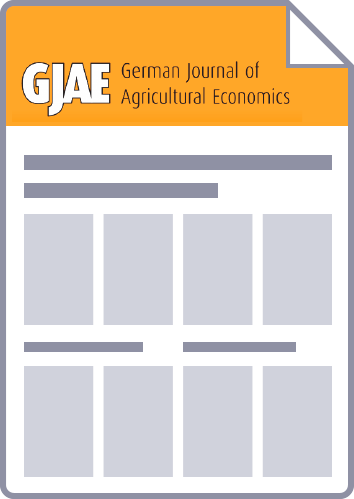In recent literature concept and implications of bio¬economy are being discussed extensively and in many cases the term bioeconomy rather serves as a framework for discussion than as an operational basis for estimating size and economic importance. Nevertheless, several of such estimates exist on national and European level. Due to the application of different and sometimes not comprehensible methodology, these estimates cannot be properly compared and evaluated. Therefore, the objective of this article is the development of a transparent method for estimating the economic importance of bioeconomy and the application of this method to provide a comprehensive estimate of the German bioeconomy. Our analysis bases on various official statistics and refers to the year 2014. The size of the bioeconomy is described by the indicators employment, gross value added and turnover. We estimate bioeconomy related employment to range between 3.7-4 million jobs, bio-based gross added value to reach 116-135 bill. EUR and bio-based turnover to range between 451-520 bill. EUR. Challenges in estimating economic importance are data availability and the fact that existing classifications of economic activities do not allow distinguishing fossil-based and bio-based economic activities.


